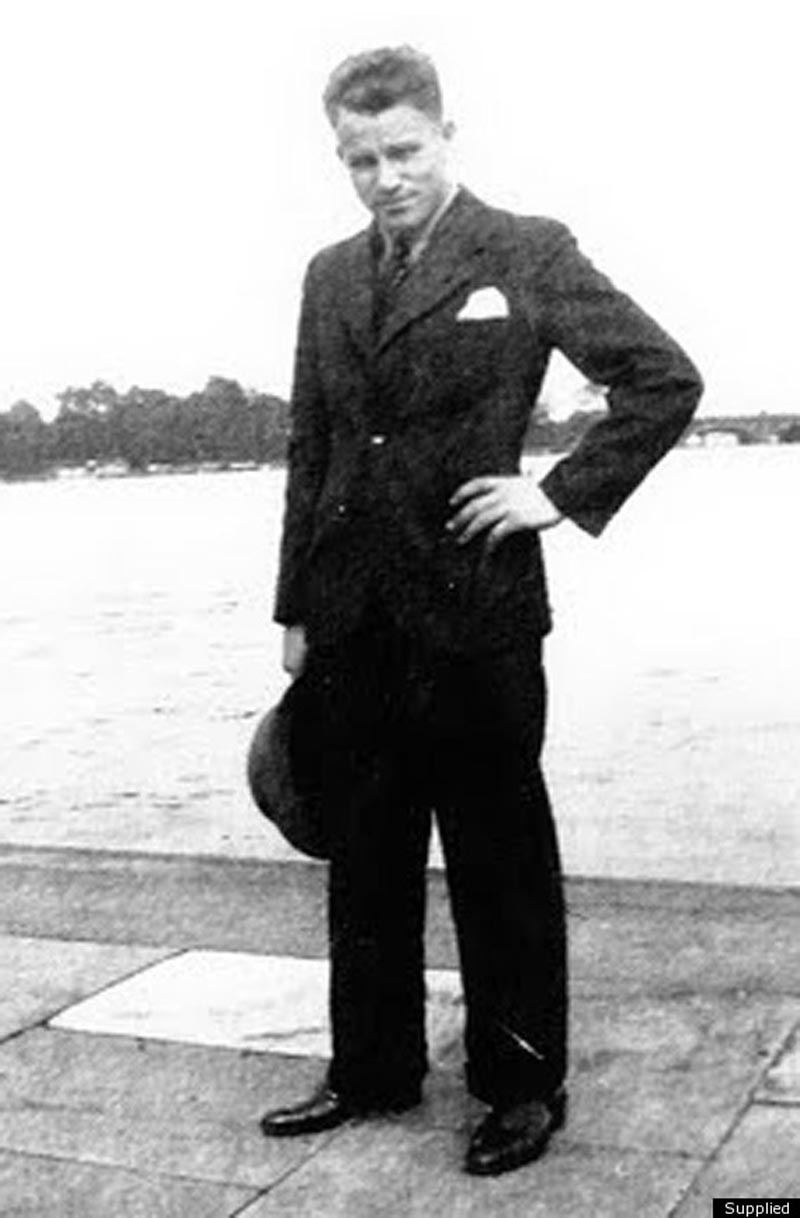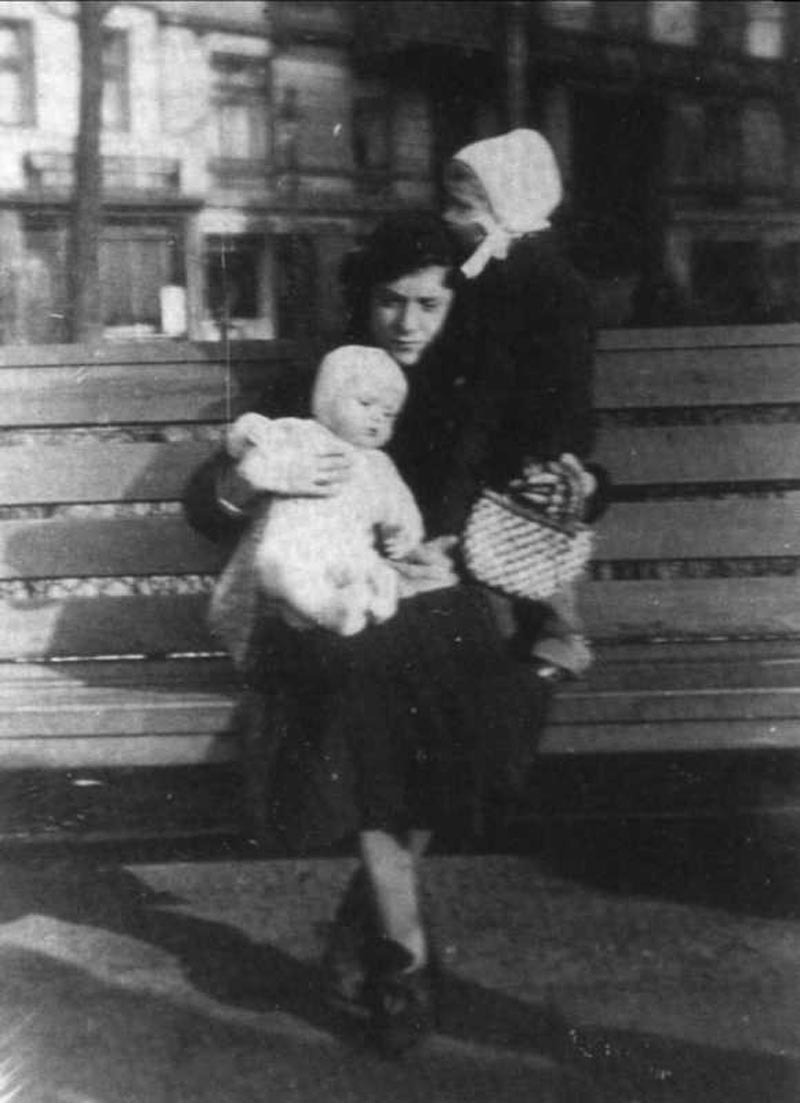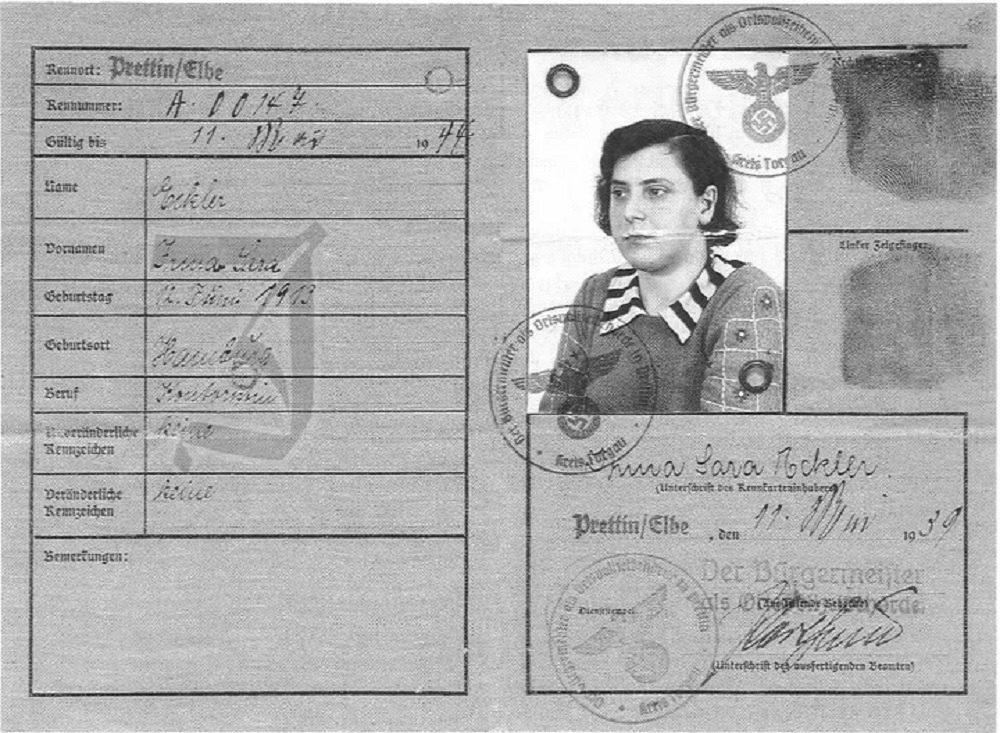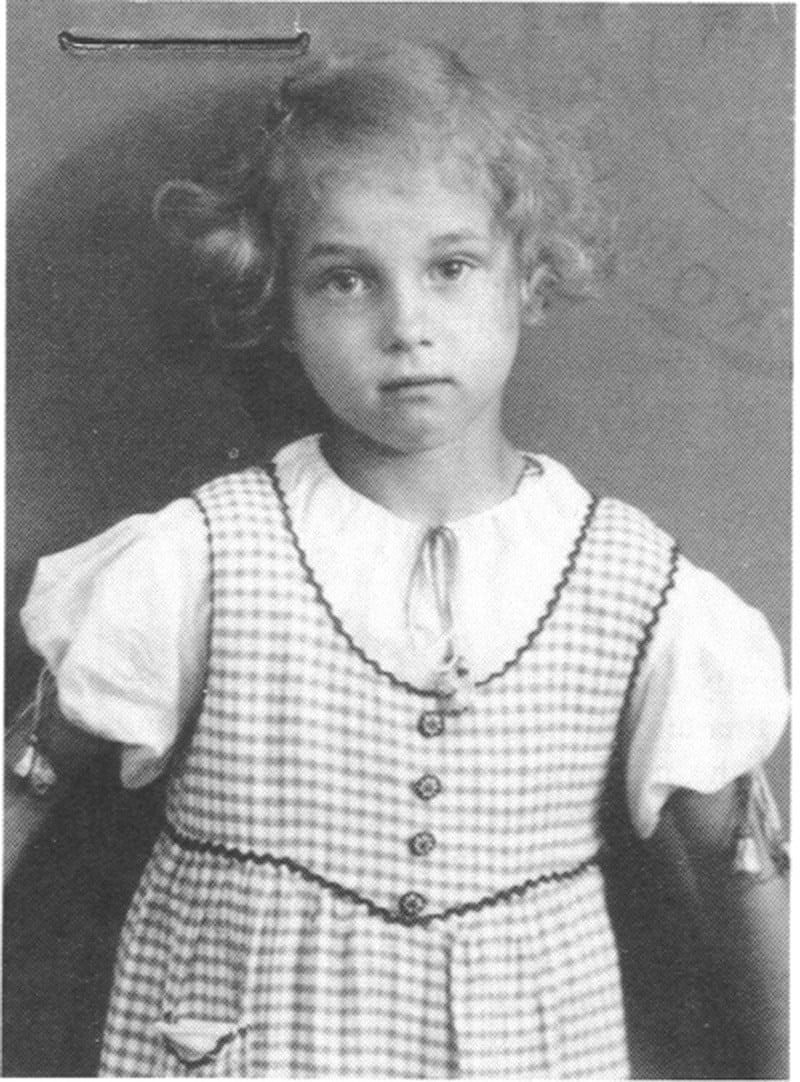What Happened To The Lone Man Who Refused To Salute Hitler
A striking photo from 1936 recently gained widespread attention. It shows a crowd of Germans giving the Nazi salute at a shipyard in Hamburg—except for one man.
This man believed to be August Landmesser, stood with his arms crossed, refusing to take part in the salute during the launch of a German naval ship.
But why did he refuse to give Hitler the Nazi salute, and what happened to him? Keep reading to uncover the full story.
Who Is August Landmesser?

In 1931, amidst the growing influence of the Nazi Party, Landmesser joined the party in hopes of securing steady employment, a common motivation for many young men of his time.
However, his life took a drastic turn when he met and fell in love with Irma Eckler, a Jewish woman, in 1934.

By 1935, August and Irma had filed a marriage application, but it was rejected under the newly implemented Nuremberg Laws, which forbade marriages between Jews and non-Jews.

This was the start of Landmesser’s quiet rebellion against the Nazi regime. Even though he was kicked out of the Nazi Party and forbidden from marrying Irma, Landmesser stayed with her.
Why He Refused To Give A Nazi Salute

The famous photograph of Landmesser’s defiant stance was taken at a 1936 rally in Hamburg, where Adolf Hitler was present for the launch of the naval vessel Horst Wessel.
The rally was filled with Nazi loyalists, all enthusiastically saluting their Führer—except for Landmesser, who stood firm with his arms crossed.

His refusal to salute was not an impulsive act but rather a silent yet bold declaration of his rejection of the Nazi ideology that sought to destroy his family.

For August Landmesser, the Nazi salute symbolized loyalty to Hitler and the very policies that had torn his family apart.
By not raising his hand, August was rejecting the Nazi racial laws that had declared his marriage to Irma illegal and labeled their children “racially impure.”

This quiet yet powerful act of resistance spoke to his love for Irma and his refusal to accept the injustice imposed on them.
What Happened To His Family Later

In 1937, after repeated attempts to flee Nazi Germany with Irma, he was arrested and charged with “dishonoring the race” (Rassenschande), a crime under Nazi law for relationships between Jews and non-Jews.
A year later, Landmesser was acquitted due to lack of evidence and ordered to stay away from Irma.
However, he defied the order and was arrested again in 1938, receiving a nearly three-year sentence in a concentration camp. Sadly, he would never reunite with Irma or their child.

The Gestapo also arrested Irma, who was pregnant with their second child at the time. She gave birth to their daughter, Irene, in prison but was soon transferred to an all-women’s concentration camp.
In 1942, Irma was sent to a so-called “euthanasia center,” where she was among 14,000 others who lost their life.

Landmesser, meanwhile, was released from prison in 194. He took on various jobs until he was conscripted into a penal military unit in 1944, part of the notorious Bewährungsbataillon 999.
He was declared missing while fighting in Croatia in 1944 and was presumed dead.

Their two daughters, Ingrid and Irene, were separated—her grandmother raised Ingrid, and Irene was placed in foster care.
Irene Landmesser later documented her family’s tragedy in the book A Family Torn Apart by “Rassenschande.” The photograph of Landmesser has since gone viral.

